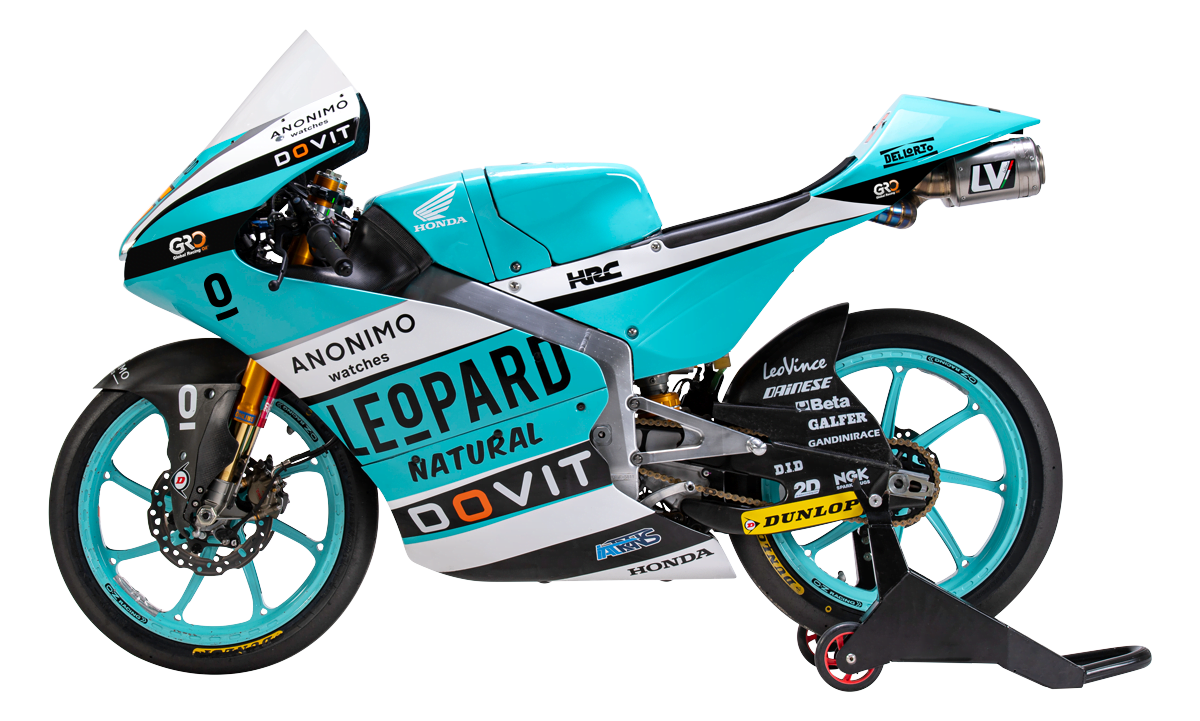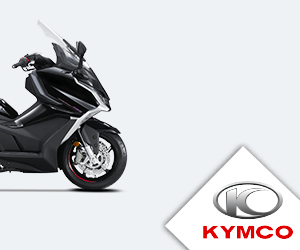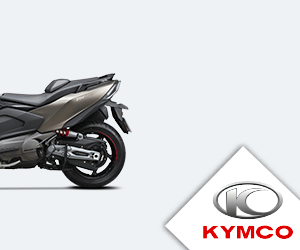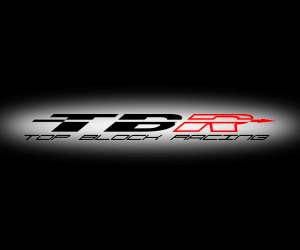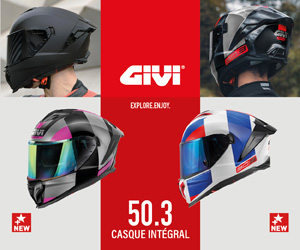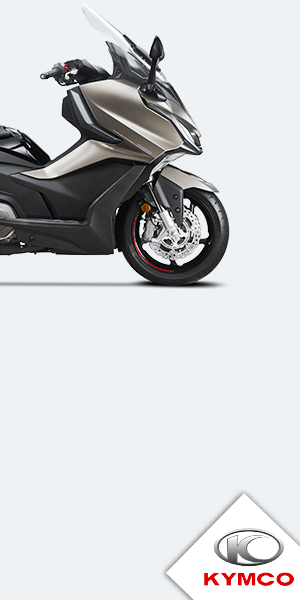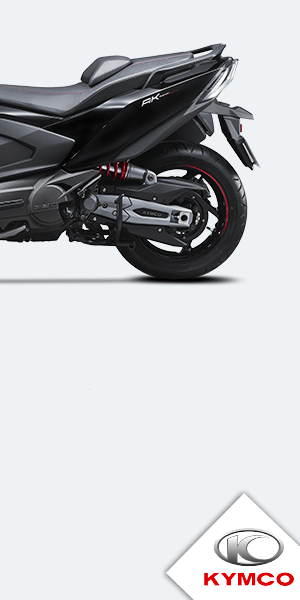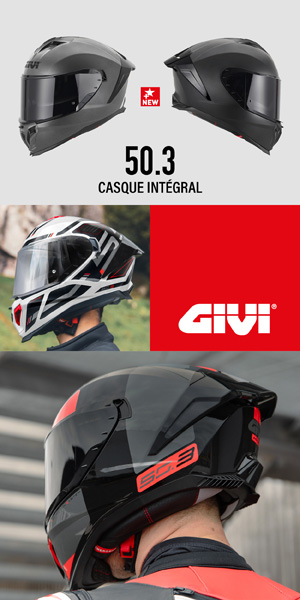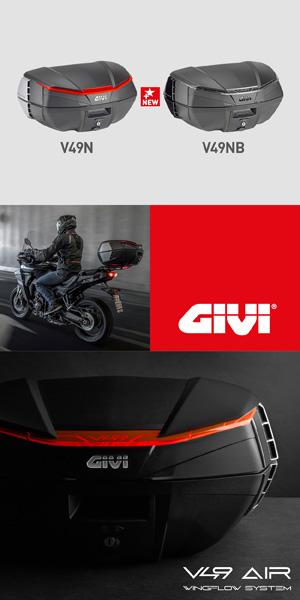When the HRC teams built a Moto3 prototype, the technical choice of the engineers fell on an “inverted” cylinder. Thus, on this 250cc engine which develops around 60 hp, the intake is at the front and the exhaust outlet at the rear of the cylinder head. This led to superior delivery of intake air to increase performance and help integrate the engine into the frame, but it hampered the delivery of exhaust gases at the expense of peak power.
Their only current rival, KTM, benefits from a conventional exhaust system and an exhaust outlet in front of each valve to potentially increase engine power by reducing sound wave disturbances and improving gas flow. . However, this is not the whole story as we often hear that Honda Moto3s have better handling with the engine moved forward in the frame, giving a center of gravity shifted forward to improve cornering potential.
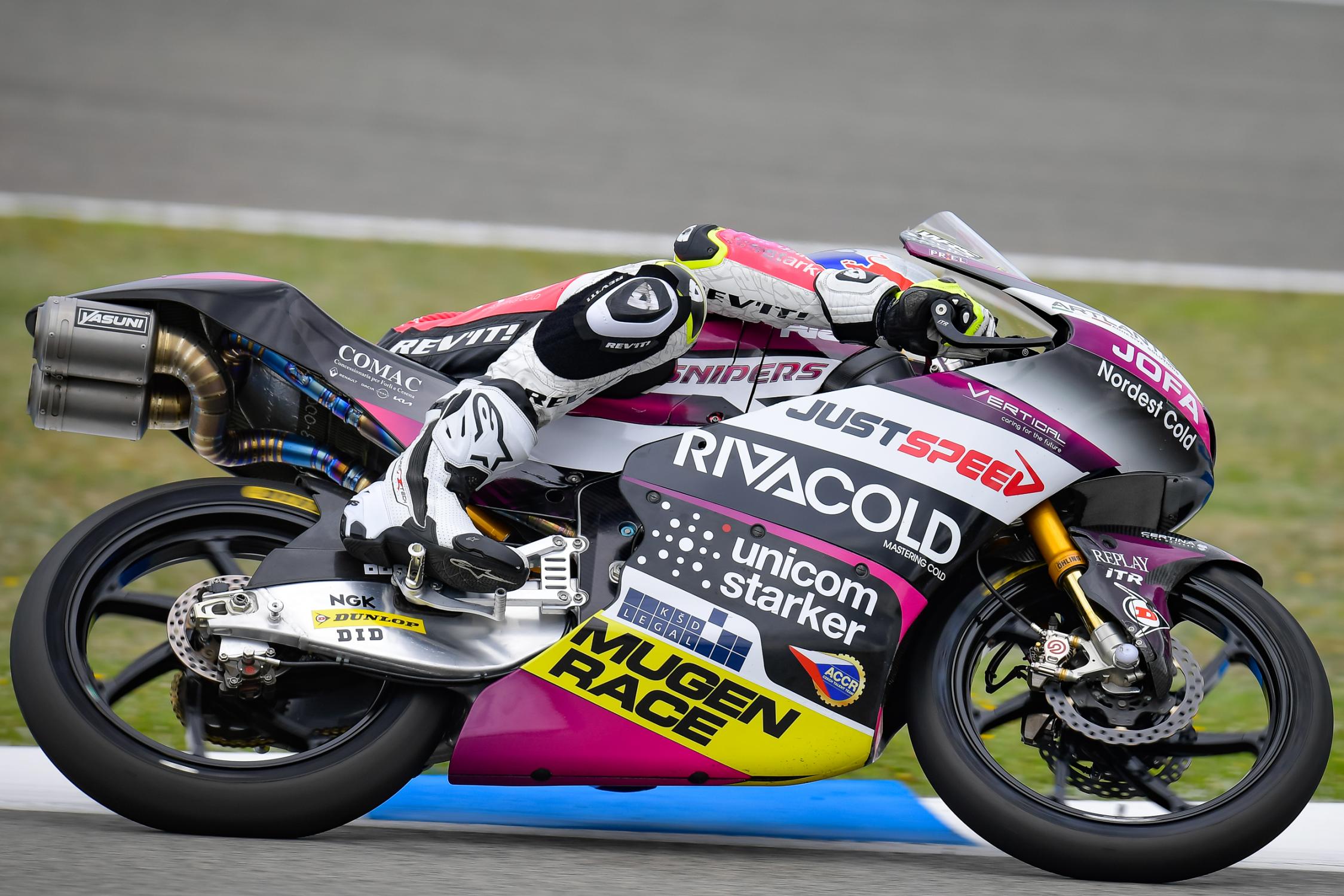
Initially, Honda opted for a lowered exhaust/muffler combination passing under the engine before curiously returning to a more convoluted system with two silencers under the saddle, in order to improve the acoustics of the throttle and have an aerodynamic advantage. The large mufflers and the fact that the hot, expanding exhaust gases fill the air gap created at the rear of the bike help increase top speed and give a marginal gain in acceleration.
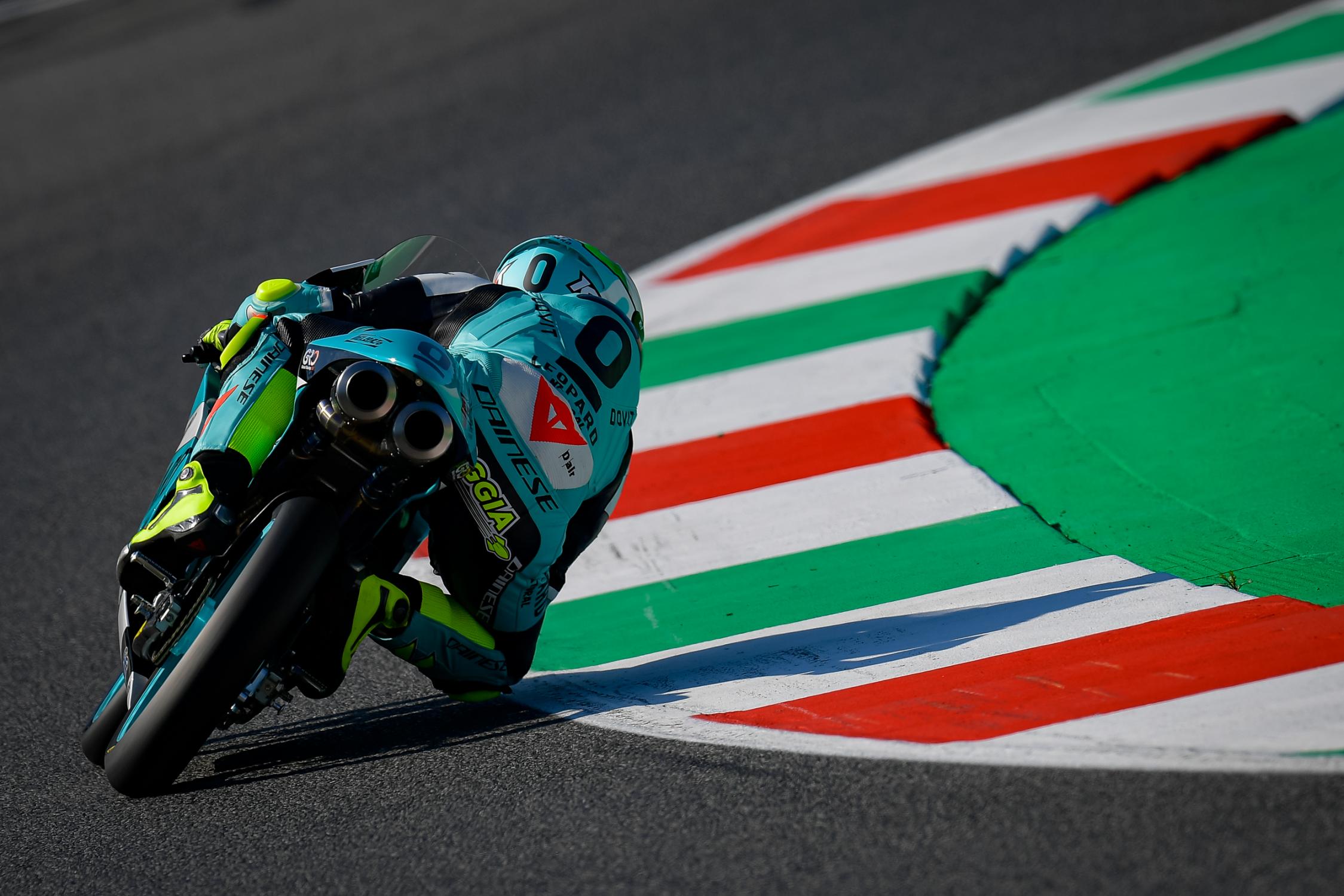
But there is another, less obvious advantage to this type of design. The mass of the double silencers thus finding itself far from the center of gravity of the motorcycle, and whose movement follows the flexion of the frame at different frequencies and is therefore not synchronized with what causes the chattering in curves, it can then effectively cancel these vibrations by acting like a mass damper. We are not far from the principle of the Salad Box used in MotoGP by Ducati, and a little more sophisticated…
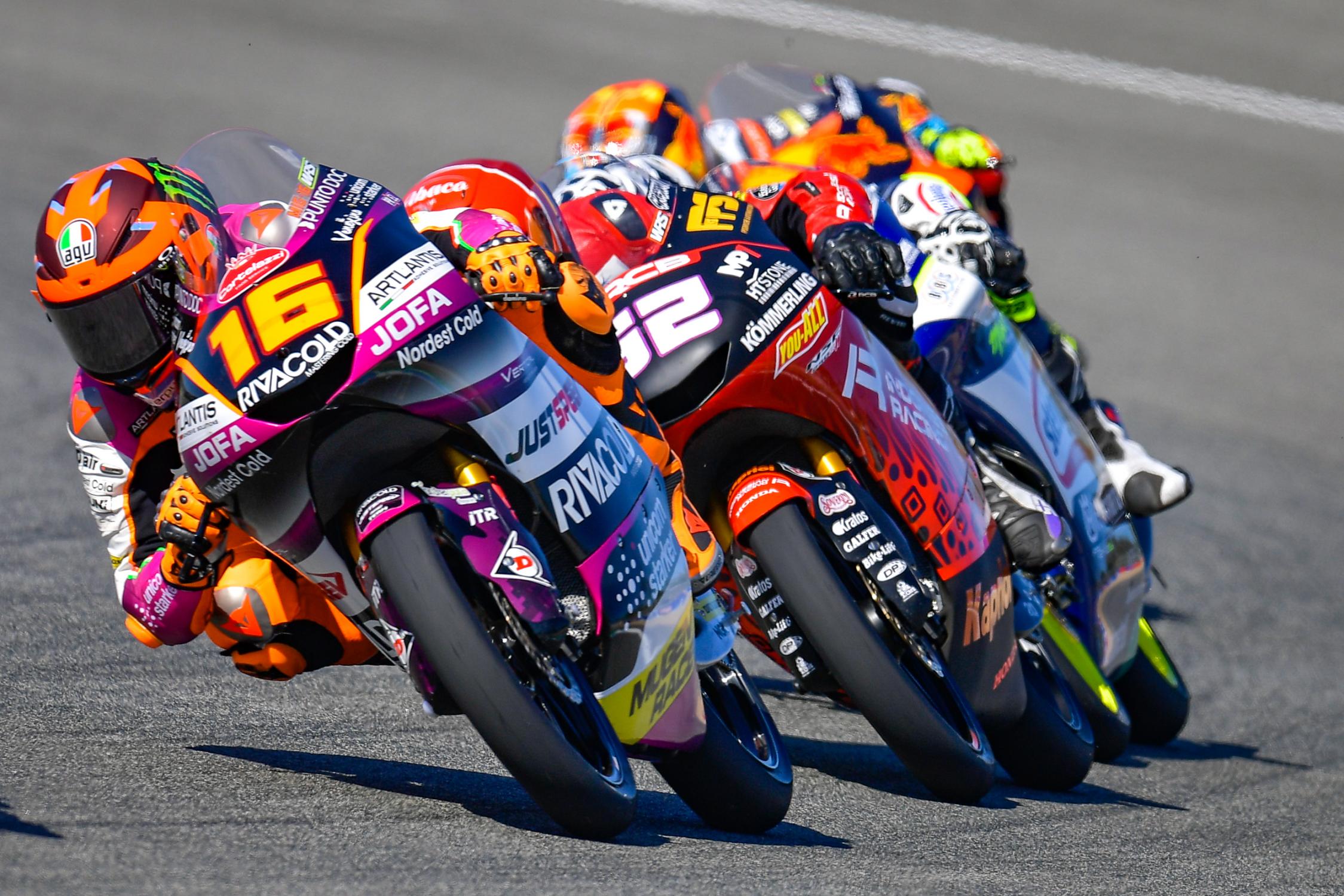
Photo credit: Dorna Sports












